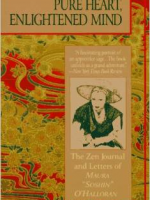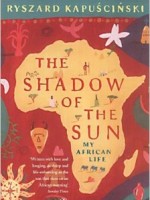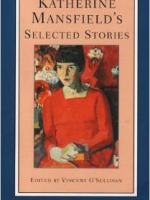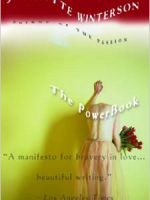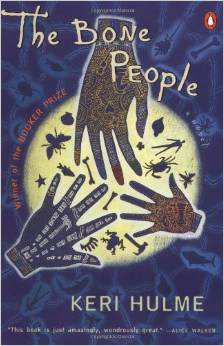 The bone people
The bone people
Fiction
Penguin Group USA
1988
450

The Bone People was one of the books that I considered picking for my last, pre-New Zealand, bookclub. Instead, due to the lack of Kiwi books available in Irish bookshops, we ended up with The Colour. Rose Tremain’s novel wasn’t bad – particularly in its evocation of the landscape and weather of New Zealand – but, having read The Bone People now, I think it would have been a far better choice for a bookclub discussion.
As a matter of fact I had owned a copy of this book for a few years (another from the By The Bed pile!) and, as I packed for travelling, threw it into the bag to be read in Thailand en route to New Zealand. Once started, The Bone People didn’t last long. Waking up early one morning on a ramshackle Thai sleeper train, I dug it out of the bag and was quickly captivated. I was finished well before the end of the day, unable to stop reading.
The story concerns three damaged individuals. Kerewin is part-Maori, an aloof artist who is no longer able to work. She lives, isolated from people, in a self-built stone tower on a beach but her solitary life is interrupted by the arrival of a mute little boy called Simon Peter. A foundling who had survived a shipwreck, Simon is the foster son of Joe, a Maori labourer who carries his own burden of loss and bitterness.
While the start of the book is a little disjointed, it makes more sense as the story unfolds, and this is a story well worth persevering with. There are no absolutes of right and wrong in this tale of second chances as the oddly matched trio discover what it is to grow into a family of their own making and to destroy it through violence and neglect. Through pain and loss, Kerewin, Joe and Simon Peter do manage to heal themselves and each other but it’s with no small amount of suffering for each of them.
The Bone People is set on the wild and isolated West Coast of the South Island where Hulme, herself a New Zealander of Maori, Scottish and English descent, still lives. She weaves the history, heritage and mysticism of the Maori people into the story along with symbols from their culture and from the Christianity that arrived in New Zealand as part of the Pakeha (European) colonisation. The language, too, is a post-colonial hybrid of Maori and English.
This startling, mysterious and passionate story was Keri Hulme’s fiction debut, winning the 1985 Booker Prize, but nothing she has published since – poetry, memoir, short stories – has managed to come even close to eclipsing The Bone People’s extraordinary power. Apparently she has been working on twinned novels entitled Bait and On the Shallow Side for a number of years. It remains to be seen if they can live up to the high standard set by The Bone People when and if they are ever published.
There are many reasons why I would recommend The Bone People for a bookclub choice. Themes of love, violence, national identity and social responsibility play a strong – and occasionally sickening – part. The characters are both human and part of the complex symbolism that underpins the book and the post-colonial mixture of Maori and Pakeha culture and myth is fascinating and worth probing. All in all, a book well worth investigating. ![]()
